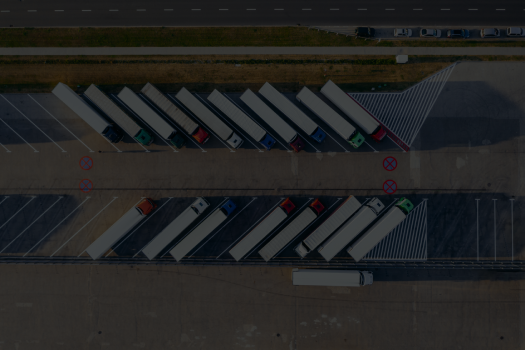
Why shipzzy
Quote, book, track, and manage all your shipments without picking up the phone or sending an email.
Read moreIt is a paradisematic country, in which roasted parts of sentences fly into your mouth. Even the all-powerful Pointing has no control about the blind texts it is an almost unorthographic life One day however a small line of blind text by the name of Lorem Ipsum decided to leave for the far World of Grammar.
Simply put, a liftgate is a lift device installed on the back of a truck, designed to assist the raising and lowering of freight from the back of the truck to the ground, and vice versa. Liftgates are not present on all trucks, so if one is needed, special arrangements must be made before the freight is scheduled to pickup or deliver.
Most of the time, liftgates are not complimentary. There are occasional freight carriers that offer the service as part of a FAK, or some other agreement between broker and carrier, but this is not the norm. There are two separate charges for using a liftgate at both pickup and delivery. The price varies greatly depending on carrier, with some being as low as $40, and others ballooning to over $100. Check with your freight broker for a more precise cost if you need a liftgate.
Liftgates are most often used in the absence of a shipping dock, or forklift. Because of this, the majority of residential deliveries require a liftgate. There are other instances of liftgate use as well, but generally speaking, residential pickups and deliveries will always require a liftgate. If a liftgate is not employed during residential shipping, the shipper or consignee will most likely be charged additional hand-unloading fees by the freight carrier. Liftgate charges can sometimes be avoided by picking up or delivering the freight directly to the closest operating carrier terminal, though this requires additional time and equipment on the shipper or consignee’s part (pickup trucks, gas prices, etc.). These costs will not be included in the original freight quote, and will not be the responsibility of the carrier or broker.
If you do need a liftgate, there are a few parameters you must be aware of. Most liftgates can handle freight that is equal to or less than 96 inches wide, and 48 inches deep. This means that standard-sized pallets can easily be used with a liftgate. The weight limit on a standard liftgate is 2500 lbs. If your freight exceeds these dimensions or weight, special accommodations can sometimes be arranged. Contact your freight broker for more information.
A pallet jack is used to move the freight from the back of the truck to the liftgate. In rare instances, a pallet jack can also be used to move the freight once it’s been removed from the truck, though there is often an additional charge associated with this action. Forklifts often act as a way to avoid a liftgate if a loading dock is not available. Forklifts are most often used at construction sites and other outside locations where a dock is not feasible. The carrier will not operate the forklift, nor will they be responsible for any damage accumulated during the loading and unloading of the freight if a forklift is used. Proceed with caution when loading or unloading LTL freight using a forklift. Liftgates are a very common part of LTL shipping. For most carriers they are readily available, but it’s a good idea to check at least one day ahead if you will be requiring one. They are most often found on straight or box trucks – equipment that is smaller and more able to maneuver tight residential corridors. For more information, contact us at www.FreightPros.com or 888-297-6968. Happy Shipping!

Quote, book, track, and manage all your shipments without picking up the phone or sending an email.
Read more
Lorem ipsum dolor sit amet, consectetuer adipiscing elit, sed diam nonummy nibh euismod tincidunt ut laoreet dolore magna aliquam erat volutpat.
Read moreTrack your shipment